In addition to soft-tissue work, nutrition can play a significant role in recovery between workouts and from injuries. Incorporating these healing foods into your diet on a daily or weekly basis below will help speed up the healing process and will also promote optimum health.
1. Grass-fed beef liver
Vitamin A or retinol plays a significant role in keeping bones, skin, and red blood cells healthy. The pre-cursor to Vitamin A, beta-carotene, is a pigment found in yellow, red, orange vegetables and dark leafy greens and may be effective in improving recovery after workouts and reducing post-exercise soreness. All of these plant foods are all excellent sources of Vitamin A but they don’t even come close to the amount found in beef liver. (1)
The liver of animals is the storage organ for many important nutrients such as vitamins A, D, E, K, B12 and folic acid, and minerals such as copper and iron. That is why it is on top of my list of healing foods. Whether you’re eating cooked liver or consuming beef liver pills, make sure that they are sourced from grass-fed cows because science says that grass-fed animals are significantly higher in precursors of Vitamin A than commercially raised or grain-fed animals. (2)
2. Medicinal Mushrooms
There are more than 38,000 species of mushrooms on our planet. Similar to plants, their chemical composition varies significantly so their effects on humans can also vary. Some mushrooms are toxic while others can provide medicinal benefit. These the ones that are classified as healing foods. And of course there are those that are hallucinogenic – but those are not the ones we are talking about here.
Due to their ability to assist the body in adapting to psychological stress, scientists have classified certain species of mushrooms as adaptogens and immune stimulants. An adaptogen is any substance that supports all of the major systems in the body and regulates biological functions in order to bring them back to a state of homeostasis. In other words, if a biological function is operating too high in the presence of stress, the adaptogenic substance will help lower it and if that same function is operating too low, then the adaptogen will help enhance it (3).
Medicinal mushrooms contain high amounts of the element germanium which has been reported to support adrenal function and lower cortisol (the stress hormone), increase uptake and utilization of oxygen in body tissues and protect cells against damage from free radicals (4). All of these functions are important for the restoration and repair of muscles after workout.
Also Read: Why Not All Medicinal Mushrooms Enhance Athletic Performance
Examples of common adaptogenic mushroom species include: reishi, Chaga, shitake, maitake and oyster mushrooms. Most of these are available dried, fresh, ground up and put into capsules, or processed into potent extracts or tinctures. They can be used in soups, teas, or consumed as daily supplements. I’m not a huge fan of eating mushrooms so I choose to take them in capsule and tincture form. My favorite medicinal mushroom supplement to take for muscle recovery and immune system stimulation are these ones because they are a combination of several different types of adaptogenic mushrooms. I also enjoy this powerful Chaga mushroom tincture from a certified herbalist at Taproot Herbals made from fresh mushrooms that grow in the forests of Vermont.
Medicinal mushrooms are such a powerful healing food that I had to add them to this list.
3. Bone Broth
Bone broth made from beef, or poultry bones contains many important nutrients, vitamins and minerals. One such nutrient that is found in bone broth is a classification of proteins called collagen. Collagen proteins are the main compound found in the connective tissue of mammals and make up a third of all protein in the human body. According to an article published in the Journal of the International Society of Sports Nutrition, collagen appears to be an effective aid for joint pain experienced during exercise. (5)
Collagen proteins are considered to be multi-functional proteins because they have multiple functions at the molecular level. One function of collagen is to provide structure to skin, bones, and connective tissue. Collagen proteins act as reinforcing structures to provide these tissues with strength and structural support. Collagen also acts as a “glue” to provide tissues and organs with elastic properties. Without collagen, our bodies would be saggy and gooey. Collagen also plays a role in replacing and restoring dead skin cells and provides a protective covering for delicate organs in the body. (6)
Since collagen gathers in connective tissues, the presence of collagen protein compounds stimulate an anti-inflammatory response in the areas of the body that contain connective tissue (i.e. joints). When we are young our bodies naturally produce a consistent level of collagen but as we approach our mid-thirties, collagen production starts to decline. This leads to yields saggy skin, weakening of cartilage in joints and the formation of lines and wrinkles. Collagen production can also decline due to physical stress such as injury and over-training, poor diet, and chronic stress.
Also Read: What to Look For in a Collagen Supplement
Supplementing with collagen in our diets is an excellent way to slow down the ageing process, prevent joint pain and ensure that the muscles that we work so hard for are strong and stay toned. The best way to supplement collagen is to make your own bone broth using this simple recipe. Bone broth is the easiest way to get collagen and that is why it is a healing food. A second best option is to add a high-quality collagen powder like these into one of your smoothies, protein shakes and hot beverages.
4. Tart Cherry Juice
Another healing food that is great for recovery between workouts or to help speed up healing after an injury is tart cherry juice. Many scientific studies have found evidence that links tart cherries with decreased post-workout muscle soreness. According to an article published in Osteoarthritis and Cartilage, cherry juice relieved knee pain in individuals who had mild to moderate osteoarthritis. (7)
According to an article published in the Scandinavian Journal of Medicine & Science in Sports (8), cherry juice appears to aid recovery of muscle function following strenuous exercise by increasing anti-oxidative capacity, reducing inflammation, and lipid peroxidation. The evidence they found supports the conclusion that cherry juice reduces oxidative stress and inflammation and leads to an increased rate of recovery after exercise.
Also Read: [RECIPE] Tart Cherry Jello for Hydration and Recovery
Connolly et Al (2006) found that consumption of cherry juice before and after exercise reduced symptoms of muscle damage. (9)
But wait, there’s another reason why tart cherry juice is good for recovery! A 2012 article in the European Journal of Nutrition found that tart cherry juice contains photochemical that increase melatonin production and therefore enhances sleep time and quality. (10) Sleep deprivation and compromised sleep affect athletic performance but they can also interfere with carbohydrate metabolism, appetite and hormone function. All of these can have a significant effect on recovery and healing. (11)
5. Aloe Vera Juice
The aloe plant has been known to have incredibly powerful healing properties for centuries and has long been used in Ayurvedic medicine for external use on damaged skin. Aloe is also a common ingredient used by the cosmetic industry to help promote the growth of healthy skin cells and to resolve various skin issues.
More recently, aloe vera has been used to treat a variety of sports injuries (12) because it reduces inflammation of strained muscles and soothes burns and blisters. This powerful healer penetrates the skin quickly and speeds up cell reproduction in order to reduce healing time.
Aloe vera juice can be consumed directly since it is also beneficial for digestive health or can be frozen and massaged into injured or sore areas of the body. The best thing about aloe vera juice is that it’s incredibly cheap and easy to make your own. Aloe vera is one the cheapest and easy to find healing food in my list. I just purchased an aloe leaf the size of my arm at my local grocery store for $1.29. With the addition of 2 other ingredients (lemon and water), I turned that ginormous aloe leaf into about 3 cups of aloe juice using this recipe.
6. Raw Red Peppers
Red peppers contain the highest amount of Vitamin C compared to any other food. Oranges, for example, have 95 mg of Vitamin C per cup while 1 cup of red peppers contains 360 mg (13, 14). Vitamin C is an anti-oxidant that helps to defend against oxidative stress experienced during exercise and could also have an effect on the inflammatory responses after exercise.
Also Read: 7 Anti-Inflammatory Foods for Optimum Wellness
While exercise has been found to have a positive impact on physical health, scientists have found that reactive oxygen species such as free radicals are generated by mitochondria from the process of glucose metabolism. This oxidative stress can cause damage to important protein and lipid compounds in muscle and blood cells. In turn, this can have an effect on performance and recovery. (15) They’ve also been found to help lower cortisol levels when consuming high doses of Vitamin C (3 grams per day) before stress-inducing activities and reduce Delayed Onset Muscle Soreness (DOMS) (16).
To get the most nutritional benefit from red peppers, it’s recommended that you eat them raw since many beneficial compounds (including Vitamin C) are partially destroyed in the cooking process. Vitamin C is a crucial compound for our body and that is why red peppers are classified as healing foods, as they contain high amounts of vitamin C.
7. Leucine-rich Foods
Leucine is one of the three branched-chain amino acids (BCAA) and has a very complex role in numerous metabolic reactions. In addition to acting as a building protein, it also acts as a fuel source in skeletal muscle cells, a foundation to make other proteins, and as a signaling protein. During exercise, depletion of BCAA’s occurs in skeletal muscle but leucine appears to deplete more than the other two (17).
Leucine is also important because it is one of the essential amino acids that stimulates protein synthesis after exercise (18). In other words, leucine is a very important compound for re-building muscle fibers that were damaged during exercise and prevents further deterioration of those muscles we all work so hard for.
For optimum recovery after workouts, make sure to consume plenty of high leucine foods such as eggs, tuna, octopus, fresh parmesan cheese, fish, pumpkin seeds, peanuts and animal meat (beef, bison, chicken, pork, lamb, etc).
8. Omega 3 Fatty Acids
Results from thousands of scientific studies and hundreds of clinical trials have been published on the anti-inflammatory properties of omega-3 fatty acids, omega-6 fatty acids and fish oil. These essential fatty acids must be obtained through the diet and act like hormones in the body to reduce inflammation and improve bloodflow. Jouris et al (2011) found that consuming at least 3000 milligrams of omega-3 fatty acids per day for 1 week decreased localized soreness associated with strength training. (19) Other studies have also found that regular consumption of fish that are rich in omega-3 fatty acids can lead to increased muscle strength and/or decreased fatigue.(20) Cold water fish such as mackerel, sardine, hilsa and salmon tend to have higher levels of omega-3 fatty acids in their tissues because of their environment.
Also Read: Healthiest Oil to Cook With? A Complete Guide
The ratio of omega-3 fatty acids to omega-6 fatty acids is also important for anti-inflammatory effects. Simopoulos recommends a balanced intake of omega-3 and omega-6 both for athletes.(21) This balanced ratio is naturally found in fish and seafood. For those who prefer to supplement their essential fatty acids with fish oil, a dose of 1 to 2 grams per day is recommended and make sure the ratio of EPA to DHA is 2:1. It’s also important to reduce your consumption of fat sources that are high in omega-6 and not in omega-3 because these sources actually cause inflammation throughout the body. These inflammatory sources of fats include oils such as: vegetable, corn, safflower, cottonseed, soybean and canola oil. So when you cook your fish, make sure to use a cooking oil with a healthy and anti-inflammatory dose of fats such as avocado, olive or coconut.
9. Turmeric
The popular Indian spice turmeric has long been studied for it’s anti-inflammatory and anti-oxidant properties. Long before the scientific evidence in Ayurvedic and herbal medicine to help heal wounds, aid digestion, and maintain good health (22). This spice contains a compound called curcumin which has been found to have similar effects as some common nonsteroidal anti-inflammatory drugs (NSAIDS) but without the side effects (23). Davis et al (2006) looked at the effects of curcumin on the performance and inflammation of mice after rigorous exercise (23). They found that curcumin can speed up the recovery following exercise-induced muscle damage and enhance the regeneration of muscle tissue after exercise.
Also Read: 7 Tips to Treat Sore Muscles for Adults
Mice aren’t the only ones which benefit from curcumin, however. Roohi et al (2016) found that oxidative stress was alleviated after intensive bouts of exercise when athletes supplemented their diets with curcumin for one week. (24) In addition to ingestion, turmeric can be used as a topical agent applied directly to the source of pain. And that is why turmeric is such an important healing food.
10. Pineapple
Pineapples are considered healing foods as they contain bromelain which is an enzyme that reduces inflammation and has analgesic properties. It is often used as an alternative treatment for acute inflammation and sports injuries instead of NSAIDS (25). Several studies have found bromelain as an effective treatment for acute knee pain or knee pain associated with osteoarthritis. (25,26,27) Bromelain has also been found to be just as effective for treating pain as diclofenac, which is an NSAID used to treat symptoms associated with osteoarthritis, but without the side effects. (28)
Well, that was it, folks. I hope this made you a bit more informed about healing foods and why they are benificial to human bodies. If you have any inputs or questions, just right them down and I will get back to you ASAP!!!!
References:
- Benardot, D. 2012. Advances Sports Nutrition, Second Edition. Publisher: Human Kinetics, ISBN:1-4504-0161-9. pp 58-59
- Daley, Cynthia A et al. “A Review of Fatty Acid Profiles and Antioxidant Content in Grass-Fed and Grain-Fed Beef.” Nutrition Journal, 9(2010): 10. PMC. Web. 2 Dec. 2016.
- Hobbs, C. 1995. Medicinal mushrooms: an exploration of tradition, healing and culture. Publisher: Botanica Press, ISBN: 1-57067-143-5.
- Nanba, H. 1993. Antitumor activity of orally administered D-fraction from maitake mushroom (Grifola frondosa),” J Naturopathic Med, 4(1): 10-15
- Lugo, JP, et al. 2013 Undenatured type II collagen (UC-II®) for joint support: a randomized, double-blind, placebo-controlled study in healthy volunteers. J Int Soc Sports Nutr.
- Creighton, TE. 1993. Proteins: Structures and Molecular Properties. Second Edition. pp 196-198
- Schumacher, HR et al. August 2013. Randomized double-blind crossover study of the efficacy of a tart cherry juice blend in treatment of osteroartritis (OA) of the knee. Osteoarthritis and Cartilage, 21 (8):1035-1041
- Howatson, G et al. December 2010. Influence of tart cherry juice on indices of recovery following marathon running. Scandanavian Journal of Medicine & Science in Sports. 20(6):843-852
- Connolly DAJ et al. 2006. Efficacy of a tart cherry juice blend in preventing the symptoms of muscle damage. Br J Sports Med 40:679-683
- Howatson, G et al. 2012. Effect of tart cherry juice (Prunus cerasus) on melatonin levels and enhanced sleep quality. European Journal of Nutrition, 51(8): 909-916
- Halson, SL. Sleep in Elite Athletes and Interventions to Enhance Sleep. Sports Medicine. 44(1):13-23
- Gage, D. 1996. Aloe Vera: Nature’s Soothing Healer. Publisher: Healing Arts Press. ISBN: 0-89281-627-9
- SELF Nutrition Data. 2014. Peppers, sweet, red, raw Nutrition Facts & Calories. Accessed December 2, 2016: http://nutritiondata.self.com/facts/vegetables-and-vegetable-products/2896/2
- SELF Nutrition Data. 2014. Oranges, raw, all commercial varieties Nutrition Facts & Calories. Accessed December 2, 2016: http://nutritiondata.self.com/facts/fruits-and-fruit-juices/1966/2
- Powers, S et al. 2004. Dietary antioxidants and Exercise. Journal of Sports Sciences. 22:81-94
- Bryer SC and Goldfarb AH. 2006. Effect of High Dose Vitamin C Supplementation on Muscle Soreness, Damage, Function, and Oxidative Stress to Eccentric Exercise. International Journal of Sport Nutrition and Exercise Metabolism. 16:270-280
- Layman, DK. 2003. Role of Leucine in Protein Metabolism During Exercise and Recovery. Canadian Journal of Applied Physiology. 27(6):646-662
- Norton, LE and Layman, DK. 2006. Branched-Chain Amino Acids in Exercise. The Journal of Nutrition. 136:533-537
- Jouris, KB et al. 2011. The Effect of Omega-3 Fatty Acid Supplementation on the Inflammatory Response to Eccentric Strength Exercise. Journal of Sports Science and Medicine. 10:432-438
- Robinson S.M. et al. 2008. Diet and its relationship with grip strength in community-dwelling older men and women: the Hertfordshire cohort study. Journal of the American Geriatrics Society 56, 84-90.
- Simopoulos, AP. 1991. Omega-3 fatty acids in health and disease and in growth and development. Am J Clin Nutr. 54:438-463
- Health Canada. 2012. Natural Health Products Database Monograph: Tumeric-oral. Accessed from:http://webprod.hc-sc.gc.ca/nhpid-bdipsn/monoReq.do?id=216&lang=eng
- Davis, JM et al. 2007. Curcumin effects on inflammation and performance recovery following eccentric exercise-induced muscle damage. American Journal of Physiology – Regulatory, Integrative and Comparative Physiology. 292(6): 2168-2173
- Roohi, BN. 2016(in press). Influence of Curcumin Supplementation on Exercise-Induced Oxidative Stress. Asian J Sports Med. DOI: 10.5812/asjsm.35776
- Brien, S. et al. 2004. Bromelain as a treatment for osteoarthritis: a review of clinical studies. Evidence-Based Complementary and Alternative Medicine 1(3): 251-257
- Tochi, BN. 2008. Therapeutic Application of Pineapple Protease (Bromelain): A Review. Pakistan Journal of Nutrition. 7)4):513-520
- Brien, S et al. 2005. Bromelain as an adjunctive treatment for moderate-to-severe osteoarthritis of the knee: a randomised placebo-controlled pilot study. Focus on Alternative and Complementary Therapies 10(1): 8
- Klien, G and Kullich W. 2000. Short term treatment of painful osteoarthritis of the knee with oral enzymes: a randomised, double-blind study versus diclofenac. Clin Drug Invest 19:15-23
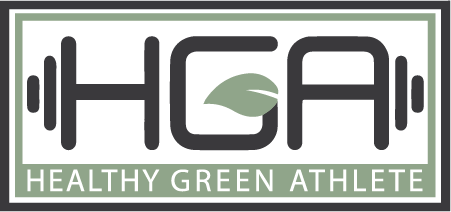
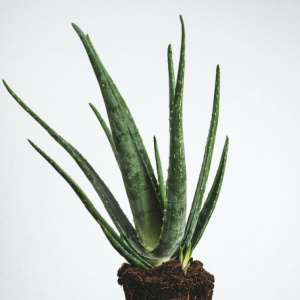
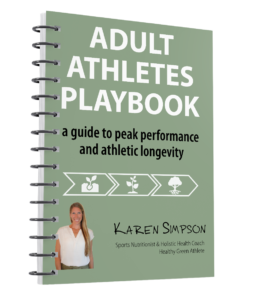

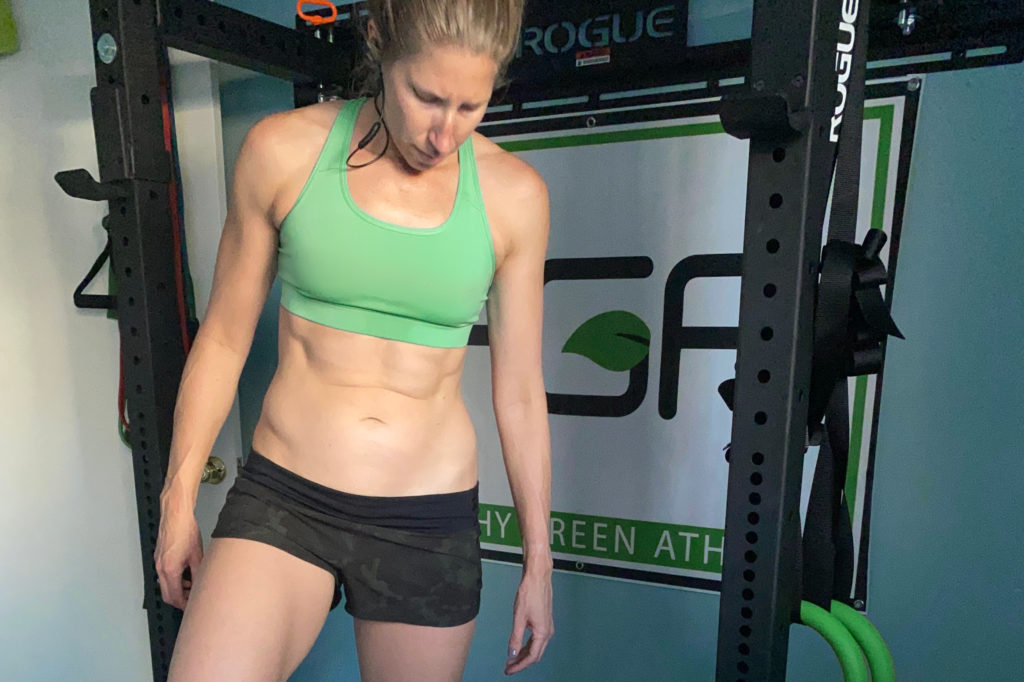

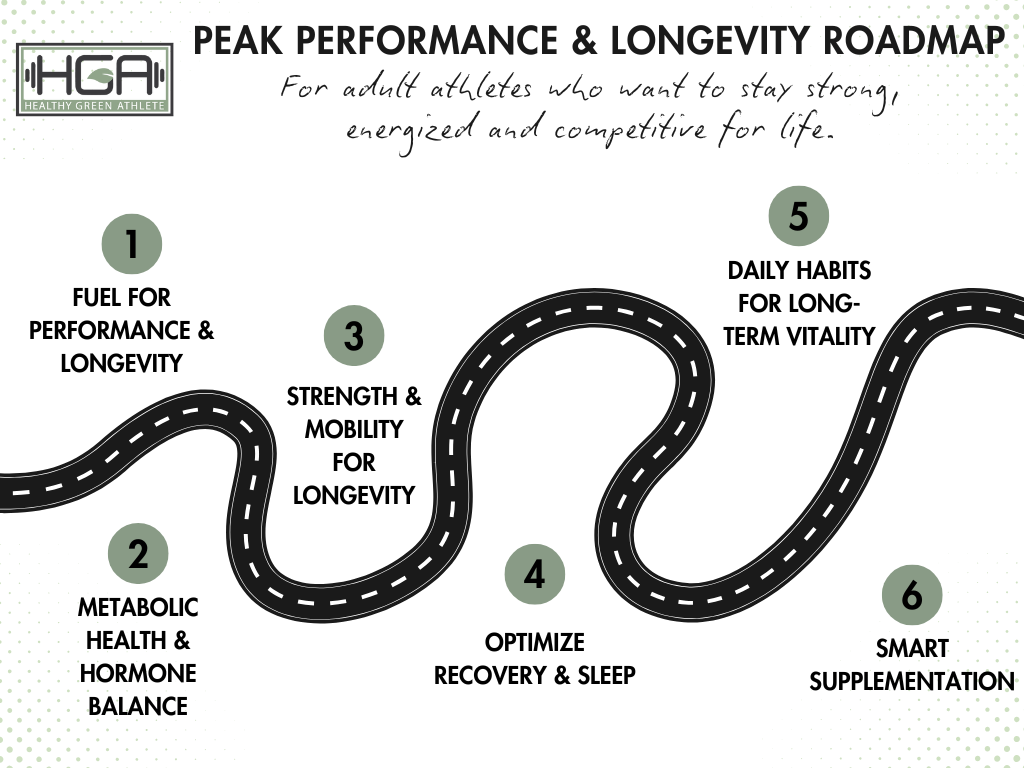
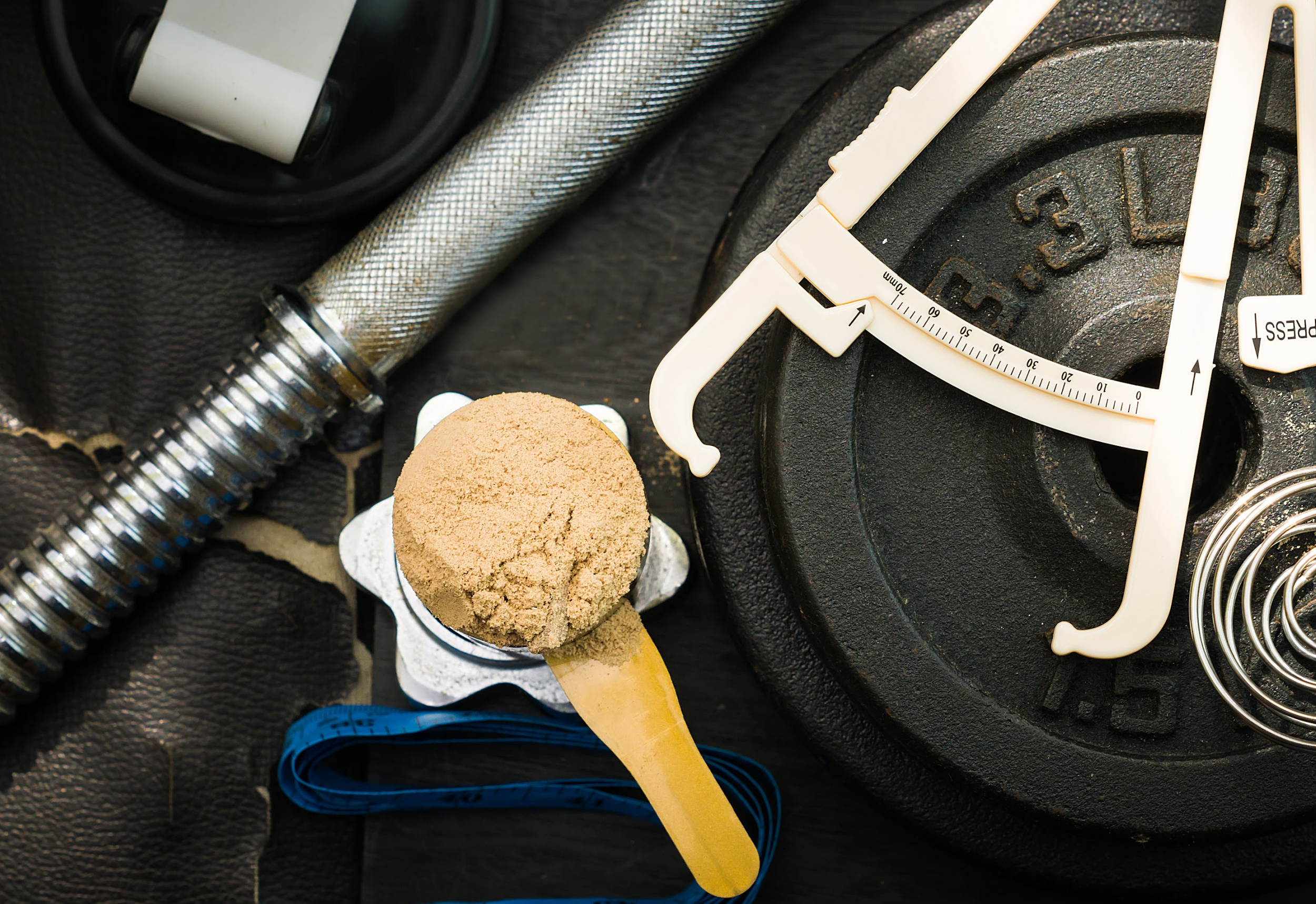
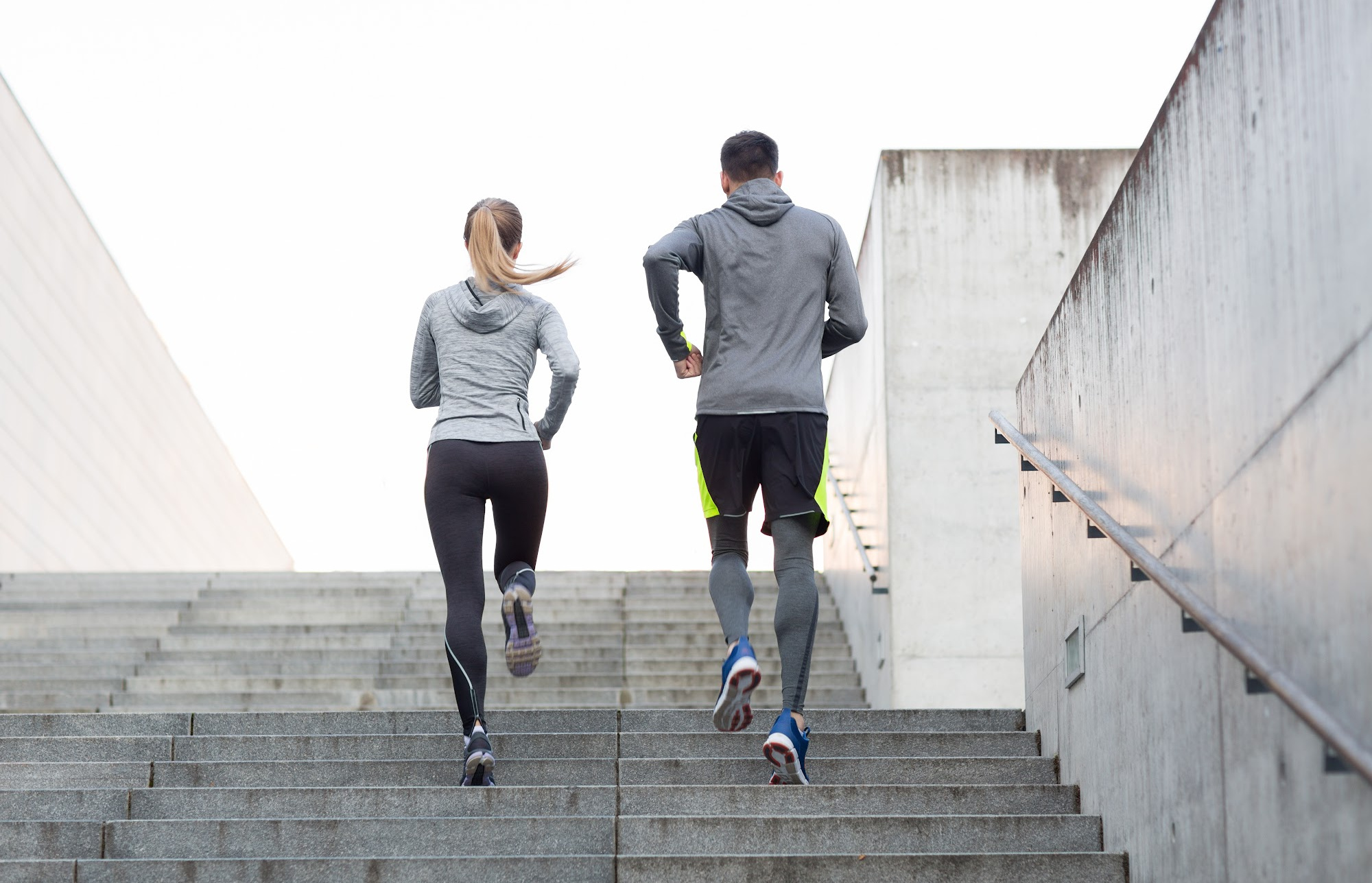
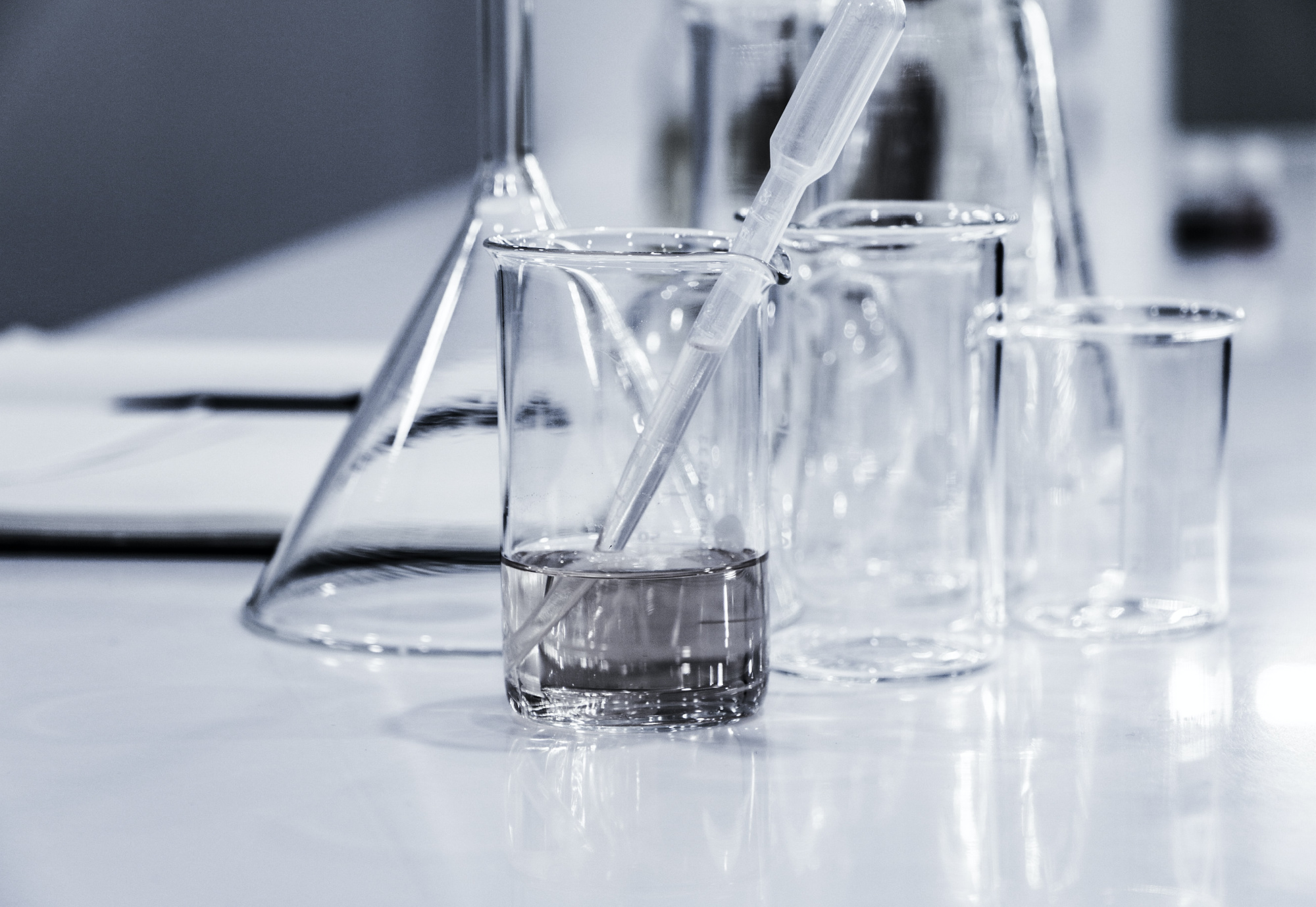
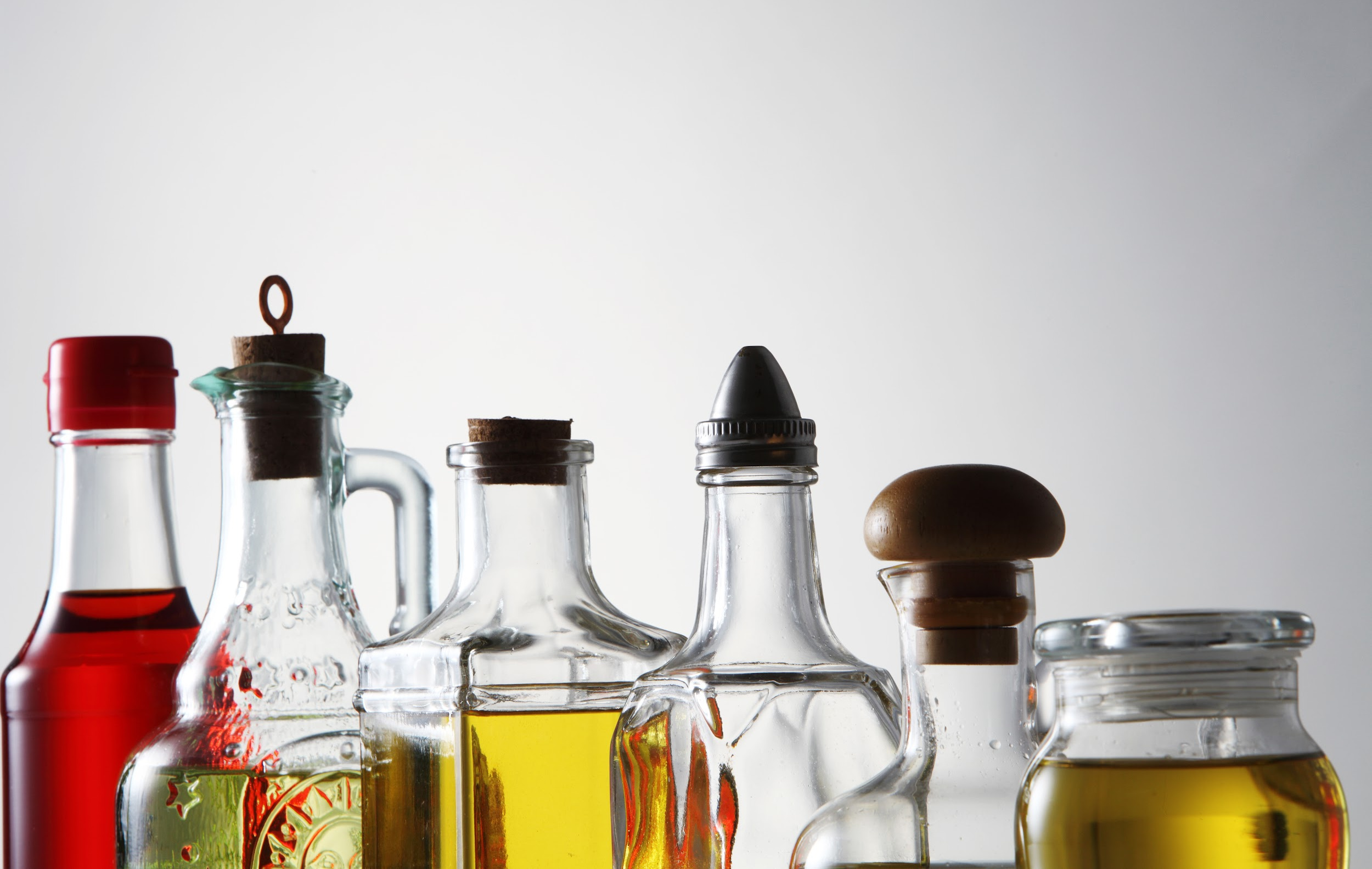


5 Comments
Pingback:
Pingback:
Pingback:
Pingback:
Pingback: